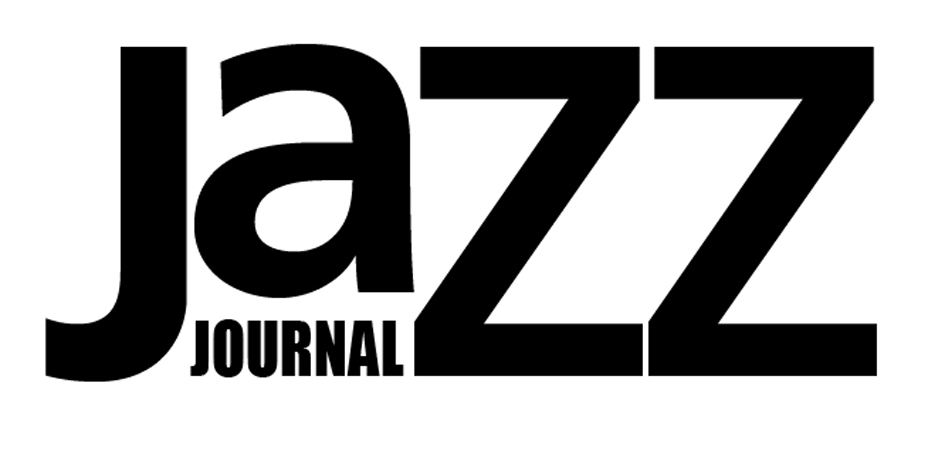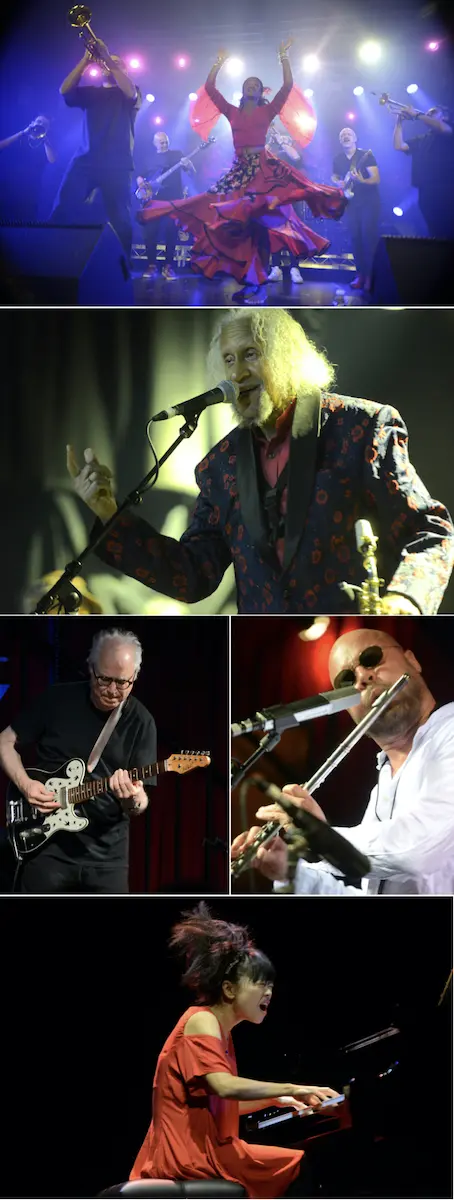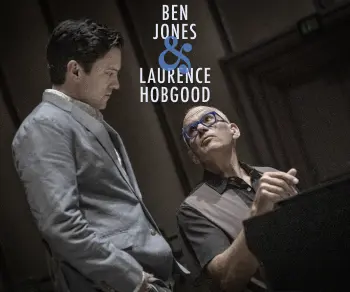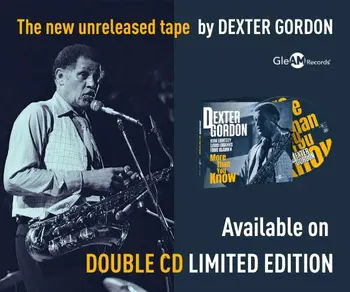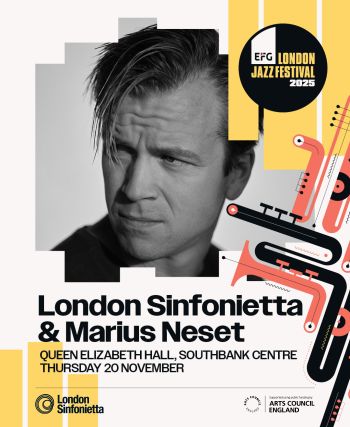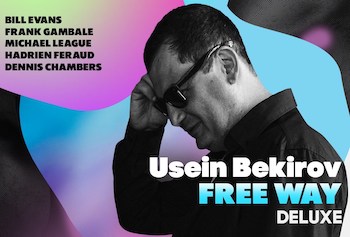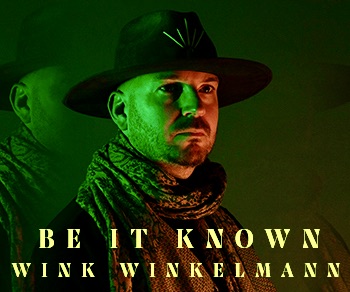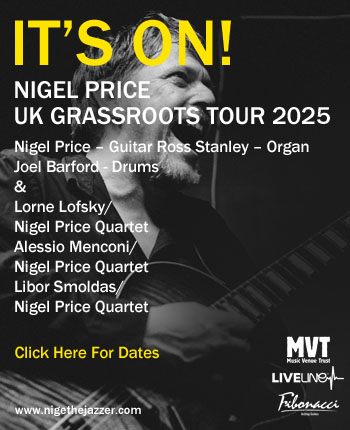The Melbourne International Jazz Festival (MIJF), now in its 28th year, continues to stake its claim as the première jazz festival in Australia and New Zealand, and arguably the Asia-Pacific region. Last month’s ambitious 10-day festival (17-26 October) attracted over 60,000 attendees to 150 separate performances across 50 different venues.
MIJF’s programming and artistic direction is important, because it guides antipodean exposure to UK and European jazz, and to the best of established and emerging American artists. It sets the headline and visiting acts across a series of smaller festivals beginning in Wellington in New Zealand and continuing through the Australian capital cities of Perth, Adelaide, Sydney and Brisbane.
This year, MIJF curated a showcase for the local music scene, linked this to collaboration with US-based masters and pushed the boundaries of what might be expected from a jazz festival, before circling back to safer and more commercially successful artists. In summary, a slow build, an exciting and unpredictable middle, and a strong end.
The festival opened with a free “Night Crawl” showcasing mostly local acts – over 100 musicians in 25 different acts, with another 21 DJs – across 11 different city venues ranging from laneway bars to small music clubs. Apart from a low-key showcase of London sax player Tenderlonious and a perplexing 70s/80s DJ set from New York-based Natasha Giggs (a lot of fun, but even with a Roy Ayers mix thrown in, seriously stretching the notion of “jazz-adjacent”), “Night Crawl” was a homage to the vibrant Melbourne live music scene. Most of the acts could loosely be described as soul, neo-soul, ambient or groove. While their roots in jazz and connection to the festival were sometimes opaque, the event attracted a younger crowd and provided some clues as to how the local music scene has evolved.
Day two kicked off with a rare solo performance from Panamanian jazz pianist Danilo Perez. Better known for his modern jazz and Latin combinations, including stints with Dizzy Gillespie, Wynton Marsalis and Wayne Shorter, he traversed multiple styles as a soloist, seamlessly blending Panamanian dance rhythms into more classical and jazz renderings. He might have been seeking assurance and affirmation from the audience for this lone foray, but music promoters please note: Danilo Perez is ready to be outed as a soloist – he will only get better as he becomes more accustomed to accompanying himself.
Tamil Rogeon, local violinist and composer, was next up, taking us back to the Melbourne club and dance scene with a rousing evening performance featuring a mini orchestra of Melbourne’s finest musicians. Rogeon seemed out of his comfort zone last year with a more straightahead jazz combination, but here he channelled 20+ years of deep soul, groove and experimental composition – it was a joyous celebration of a remarkable career. Rogeon is a charismatic violinist, composer, arranger and band leader, and this performance was a uniquely Melbourne riff on jazz.
The following evening, Speedball, a local quintet of leading Australian jazz musicians, celebrated the imminent release of their first new album in 25 years. It was a strong, no-holds-barred performance by a technically talented and gifted ensemble, but lacked the audacity and ambition many of the visiting acts brought to the festival. There remains, it seems, a creative gap between the best of straightahead Australian modern jazz and their innovative counterparts in the northern hemisphere.
The following night, at the same club venue, Tenderlonious took to the stage accompanied by Tim Carnegie, his drummer and fellow Londoner from the Ruby Rushton outfit. They were joined by local musicians, Horatio Luna on bass and On-Ly on piano. Billed as Take Two, Brooklyn-based Pique-nique Records curate concerts and recordings by inviting selected artists to reimagine jazz albums the artist chooses. Tenderlonious has picked Coltrane’s Africa/Brass recording from 1960, and a sold-out crowd of around 150 club-goers listened attentively to the record being played. It was a remarkable experience: a bit like the communal experience of going to the cinema, but without the images. The concert that followed adopted the more out-there style of Coltrane’s Giant Steps, rather than the more subdued modal tones of the album we had just listened to. It was a wild ride. Tenderlonious’ saxophone licks and Luna’s funky bass lines were barely constrained by the deft control of Carnegie’s steady hold on the rhythm. It was a masterful performance by an understated drummer acting as foil and counterpoint to the flashy brilliance of Tenderlonious and Luna.
Amy Gadiaga, bass player and vocalist from Paris, now based in London, took to the stage the following night as part of a Jazz re:freshed showcase. She is not yet the fully formed artist – it was hard to work out if she was pitching herself as a chanteuse, groove master or contemporary exponent of modern jazz. But there was more than enough in her endearing stage presence, compositional skills, grounded bass playing and impressive vocal stylings – referencing both old school Betty Carter and more contemporary soul and neo-soul artists – to single her out as a young talent with a very big future.
Gary Bartz, backed by his long-time Australian keyboard player, Barney McAll, was typically spiritual, ethereal and enigmatic. Affirming the joys of music and life, he was precise in his attack, breathy in his playing, and languid in his vocals. McAll and the assembled local musicians, including soul vocalist Rita Satch, who features on Bartz’s new album Damage Control, provided a joyous and uplifting club groove (not unlike Rogeon’s, who was also backed by Satch). Bartz moved through blues, ballad and classic earlier compositions such as Music Is My Sanctuary and Peace And Love. His version of Charlie Parker’s Koko was particularly poignant, given it was Parker who inspired Bartz as a young boy to become a musician. “I’m having so much fun, I might hurt myself” he told the crowd, and then thanked them for being the greatest audience in his career. “I really mean it” he said, and then closed out the set with I’ve Known Rivers, his seminal reworking of the Langston Hughes poem.
Ibrahim Maalouf’s Trumpets Of Michel-Ange: ‘. . . nothing short of exhilarating. . .the stand-out highlight of the festival, with a seemingly singular purpose of partying and celebration’
Ibrahim Maalouf then lifted the roof off the following night. The narrative conceit for Trumpets Of Michel-Ange, his latest album and the title for this show, is to re-stage a Lebanese wedding between the musicians and the audience. This riotous assemblage of horn players, backed by bass, drums and guitar, is led by Maalouf and three other trumpet players, each using the quarter-tone, four-valve instrument invented by Maalouf’s father to allow traditional Arabic music (the Maqamat) to be played. I am not familiar with Arabic music, so my only reference points are to inadequately describe the sound as a kind of cross between salsa, flamenco and Mexican dance music, with clarion calls resonant of the pure tone of a classical or heraldic horn section. It was nothing short of exhilarating. For me, it was the stand-out highlight of the festival, with a seemingly singular purpose of partying and celebration. Hafsatou Saintou lit up the stage with evocative dance movements, dressed in a flowing flamenco-style gown as she circled the stage. Maalouf however, is no one-trick pony. He manipulated and controlled the mood of the room by interspersing carefully chosen and exquisitely performed melodies from his popular 2020 album, 40 Melodies. He closed the night with a deeply moving dedication to his own children and the children of Gaza, a new melody he called Au Revoir. It was the only political message, albeit muted, from the stage throughout the festival.
The festival momentum then segued back towards more popular and commercial acts, while also keeping faith with the funk and experimental club scene. Brooklyn-based Melanie Charles, for example, led a powerhouse trio that harked back to the vocal stylings of Nina Simone and Betty Carter, then reimagined Coltrane, before fast-forwarding to a contemporary intensity that was closer to punk than jazz.
Gregory Porter attracted a capacity crowd of around 2,500 to the first of a series of headline concerts at Melbourne’s premier performance venue, Hamer Hall. Porter’s voice was rich and luxurious, the show well practised and carefully paced. The selection of songs from his 2013 album Liquid Spirit, including the title track and songs like Hey Laura, Musical Genocide and No Love Dying Here played to his popular strengths. Everything about the show was professional and impeccable. It’s a lot like preaching from a musical pulpit to an already devoted audience. Impossible not to enjoy, or be enthralled, but unlikely to change the way anyone thinks about the future of jazz.
The final weekend of the festival kicked off with a major outdoor concert, Jazz at the Bowl, featuring four acts. The first was the Bill Frisell Trio, the last Harry Connick Jr. Melbourne’s fickle weather produced a cool and cloudy day with persistent rain showers. The crowd was sparse and the atmosphere thin as Frisell played his guitar with introverted precision. Neatly backed by Thomas Morgan on bass and Rudy Royston on drums, Frisell developed exquisite patterns on popular tunes such as Stand By Me, You Only Live Twice and what I think sounded like riffs on Brown Eyed Girl. It was a delightful performance, but probably much better suited to the six-night residency he was playing in the more intimate setting of a 150-seater night club in the northern suburbs.
The surprise package of the event was Emma Donovan – a powerhouse soul singer with aboriginal heritage from both sides of the country. This was the first outing for a deeply personal project, Take Me To The River, which channels the soundtrack of the American civil rights era to tell a uniquely Australian story. Hinting at travails of domestic turmoil and calling on the wisdom of her grandmother and familial connections to the restorative power of the Nambucca River (in New South Wales), she looked and sounded like Koko Taylor, but moderated her soulful blues with a Mavis Staples-like gospel hue. Although she was clearly nervous about revealing her story, the vocal was strong and confident. Hopefully this will evolve into a stage show or theatre piece – perhaps she can add the poignance of the likes of Nina Simone and Abbey Lincoln to these first explorations featuring Al Green (Take Me To The River), Ann Peebles (I Can’t Stand The Rain), Stephen Stills (Love The One You’re With), Bob Dylan (Blowing In The Wind) and Sam Cooke (A Change Is Gonna Come).
Harry Connick closed the show with the style and panache of a seasoned performer. It was a big-band sound, rarely a beat or two away from a boogie. Connick worked his way through New Orleans funk and jazz to a popular songbook. He acknowledged he is no James Booker, Professor Longhair or Ellis Marsalis, but had all the chops to demonstrate how the left hand dominates to build the uniquely New Orleans piano rhythm he grew up with. His voice was rich and resonant – he sounds more like Tony Bennett every time I hear him. Cole Porter’s I Love Paris became I Love Melbourne. The sentiment, it seems, was reciprocated.
The final day offered a very strong double-header in the Hamer Hall. A much anticipated afternoon performance by Samara Joy began and ended with an apology – the artist had a cold, and it clearly affected her performance. She leaned heavily on longer solos by her band but still managed to get a standing ovation for the skill she demonstrated when pushing her vocals with blues, soul and gospel inflections. “I owe you one, Melbourne” she told a determinedly sanguine audience.
Hiromi’s evening convert had no such limitations or setbacks – she was determinedly excited to be returning to the stage in Melbourne, this time in collaboration with one of the USA’s leading and most innovative string quartets, the PUBLIQuartet. Hiromi’s mastery of the piano breathed new meaning and untrammelled delight into the word virtuoso. It was as if her hands and body became independent instruments. At one point she chased her frenetic right hand, halting its run with a crossover of the left hand. At other moments she threw her head back or leapt to her feet – or built ecstatic tension by holding a constant and determined pulse with a single note.
This was the most complete and engaging performance I have seen from Hiromi. There was joy and humour to match the highest level of technical skill. Most of the show came from the 2021 album, Silver Lining Suite, which Hiromi wrote during the Covid-19 lockdown. She created an electric atmosphere with Jumpstart, then took us through the four-part suite of Isolation, The Unknown, Drifters and Fortitude before delighting the crowd with her version of Blackbird, which she described as “Blackbird. Almost. Kind of.”
The string quartet were selfless collaborators, providing light, colour and shade whenever needed. The cello played both bass lines and string leads. The violins and viola played both lead and rhythm. As a quartet they had their chance to shine with their as yet unreleased Hip Hop Etude No 10 In C#.
It was almost the perfect end to a very strong festival, but there was just time to catch the second half of Bill Frisell’s closing set from his club residency. It was intricate and experimental, and then broke out into the clarity and crispness of touch that is trademark Frisell. He closed the festival with Bacharach’s What The World Needs Now Is Love. There was no need for Hal David’s lyrics: the message was universal, and it summed up the dominant theme all artists brought to this memorable festival.
